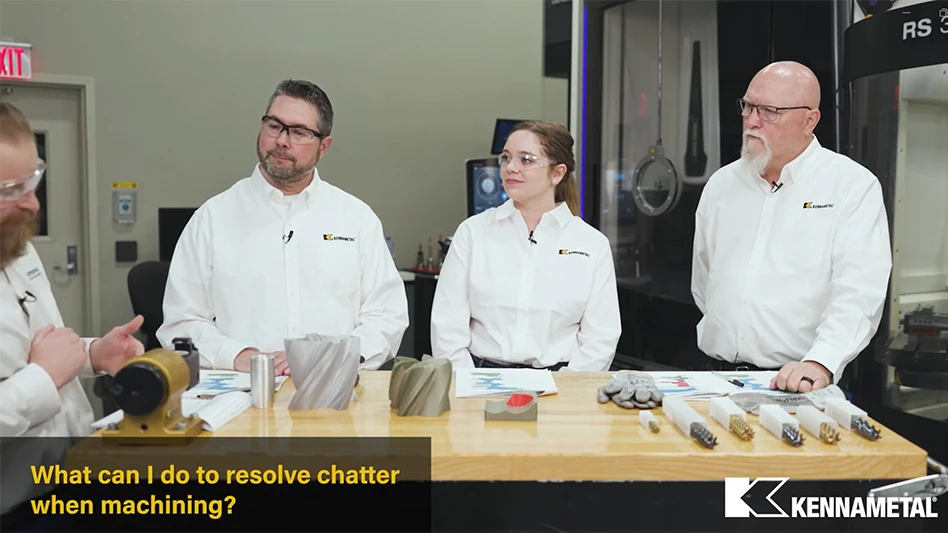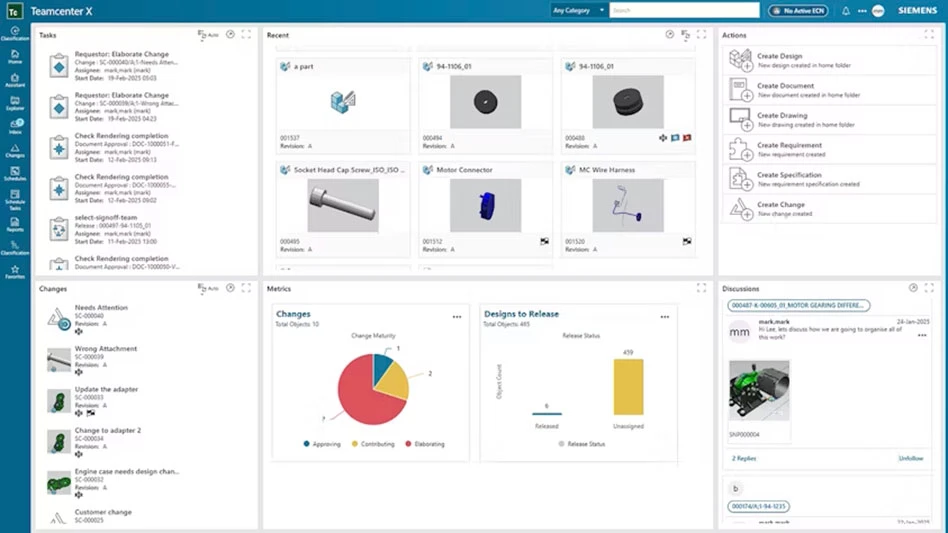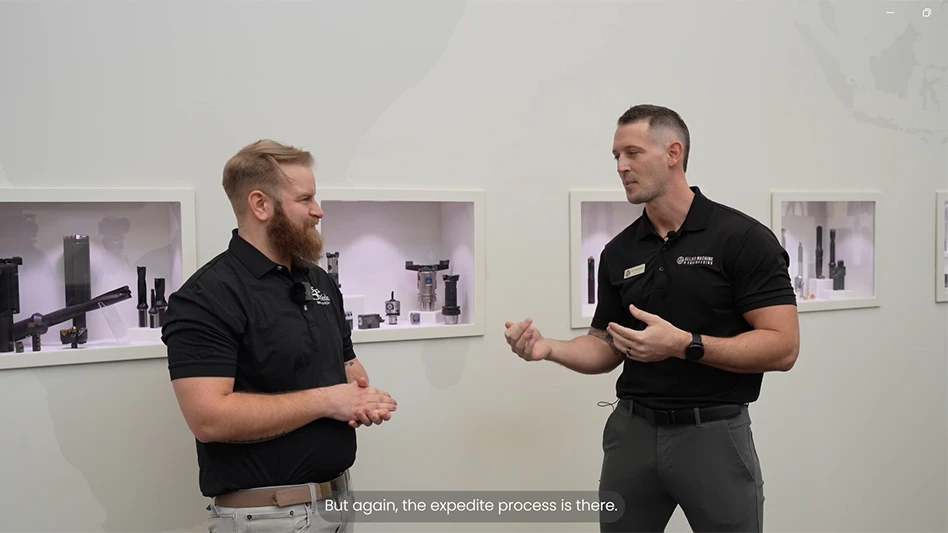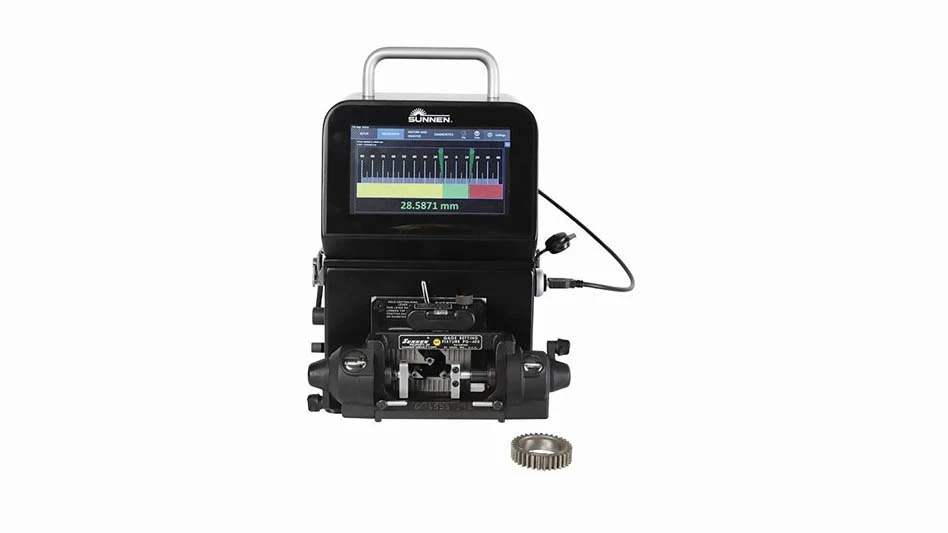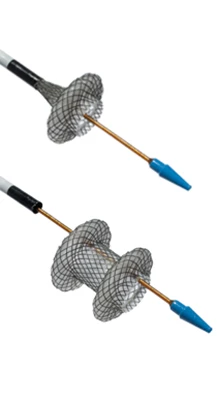
Xlumena has obtained the US Food and Drug Administration (FDA) approval to market its medical device, the Axios stent and delivery system, through the FDA's less-stringent de novo review pathway.
The stent is reportedly the first specifically designed device for the drainage of a pancreatic pseudocyst by creating a new, temporary opening between the pancreas and the gastrointestinal tract.
The Axios stent is a wire mesh tube with a silicone covering is tightly compressed and is enclosed within a catheter (a long, hollow, flexible tube), the Axios delivery system.
With the Axios stent, the catheter is placed into the stomach through an endoscope that is passed through the patient's mouth and down into an area of the stomach adjacent to the pseudocyst.
Unlike plastic stents that are currently on the market, the stent may be less prone to becoming blocked by solid material inside of the pseudocyst because of its wider diameter.
The Axios stent can expand to more than 1/2" diameter, allowing physicians to pass endoscopic tools into the pseudocyst to clean or remove the contents of both the stent and the pseudocyst.
It is fully covered to prevent leakage across the stent and tissue ingrowth and facilitates easy removal.
The Axios stent comes pre-loaded in a specially-designed delivery system and is easily deployed by a single operator.
According to the FDA, the approval was based on a 33-patient study of subjects with pancreatic pseudocysts of at least 6cm in diameter.
Trial data showed that the stent was successfully placed 90.0% of the time, with 97% of those staying in place for the duration of treatment (up to 60 days).
Around 93% of the stents remained open to allow for drainage of the pseudocyst for the duration of treatment, and 86% of the treated pseudocysts decreased in size by at least 50%.
All stents were removed without injury to the surrounding tissue. Adverse events observed included abdominal pain, nausea and vomiting.
FDA's Center for Devices and Radiological Health Office of Device Evaluation director Christy Foreman said: "The Axios Stent provides a new option for physicians to effectively treat pseudocysts with a less invasive intervention than surgical removal of the pseudocyst."
Source: Xlumena
Latest from Today's Medical Developments
- AI meets innovation: Cambridge's device transforms heart screening
- Mazak and Premier Engineering team up for greater agility in Florida
- Struggling with inventory or supply chain pressures? Find answers in our free webinar
- Free webinar: Advanced manufacturing solutions to support the Navy
- A 30-year journey through CAM: Insights on simulation technology
- Behringer Saws’ HBE663A Dynamic horizontal bandsaw
- North America's supply chains face sharp decline due to tariffs
- Experience precision: GF Machining Solutions' CUT F Series wire EDM
